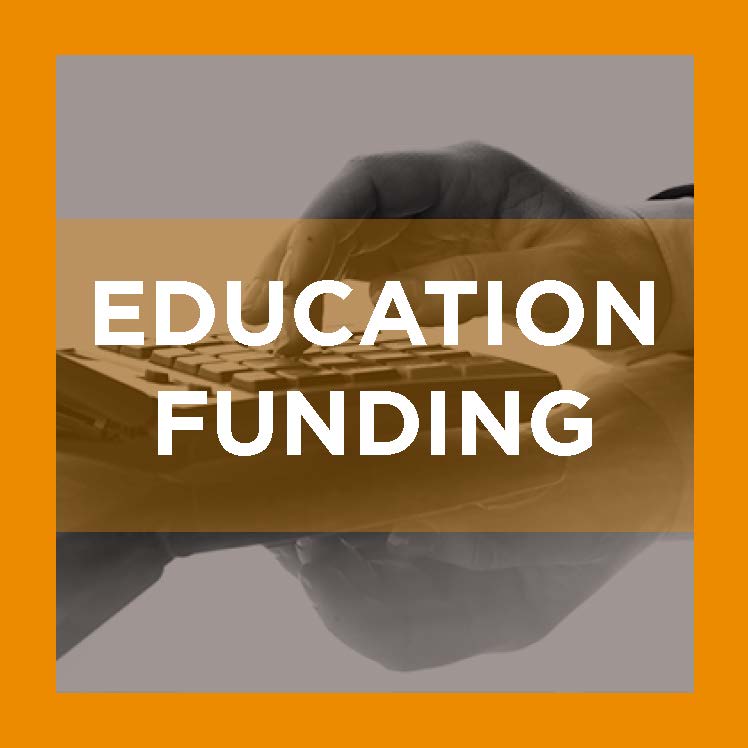The goal of a high-quality P-12 education system is to allow every student to excel in either the workforce or a postsecondary environment. State school funding formulas recognize the need for additional funding for at-risk, English language learners or special education students but tend to ignore the needs of “gifted and talented” (GT) students. While the general belief is that GT students do not require additional resources to successfully complete their educational experience that may not always be true.
Who is Gifted?
The federal government defines GT students as those students “… who give evidence of high achievement capabilities in areas such as intellectual, creative, artistic or leadership capacity, or in specific academic fields, and who need services and activities not ordinarily provided by the school in order to fully develop those capabilities.” However, one of the difficulties when addressing the issue of GT students is that each state defines which students are gifted differently. There is some consensus that GT students represent the highest 5 to 10 percent of achievers within a student population. The National Association for Gifted Students has estimated that there are currently between three to five million GT students in the United States.
The Needs of Gifted and Talented Students
A 2010 study in Wyoming found that schools need to do the following to allow GT students to reach their full potential:
- Discover the hidden talent of all children, with particular attention given to low income and/or culturally diverse students.
- Provide curriculum materials designed specifically to meet the needs of talented learners.
- Accelerate the curriculum for students when needed.
- Provide special training to teachers so they can work effectively with talented learners.
While allowing a student to accelerate through the curriculum has little to no cost to schools, other services such as teacher training come with a price tag. This research makes it clear that special education students require additional resources to successfully reach their educational goals.
Funding Gifted & Talented Students
A study from the Davidson Institute found that only 32 states provide some form of additional funding for GT students. The Davidson Institute determined that only four of the 32 states that provide GT funding actually fully fund the needs of GT students. The federal government does provide GT funding to school districts through the Jacob K. Javits Gifted and Talented Education program. The funding for the Javits program is $12 million annually, which equates to $2.50 to $4 per GT student in this country. Often state and federal GT funding is not sufficient to provide students with a high-quality GT program.
Twice-Exceptional Students
Students who qualify for both special education and GT services are referred to as “Twice-Exceptional” students (2E students). The federal government has tried to clarify that a student can qualify for both GT and special education services however, some schools still appear reluctant to accept this concept. One issue that that some state funding formulas are designed in such as way that students can either qualify for special education funding or GT funding – but not both. States can help 2E students by adjusting their school funding formulas to ensure that students can qualify for both GT and special education funding.
Help all Students by Helping Gifted Students
Research has shown that GT students who are not provided with extra educational services can become restless and act disruptive in class – thus negatively impacting other students learning experiences. So providing additional resources to GT students can not only help them reach their educational goals but it can benefit the student population in general.





